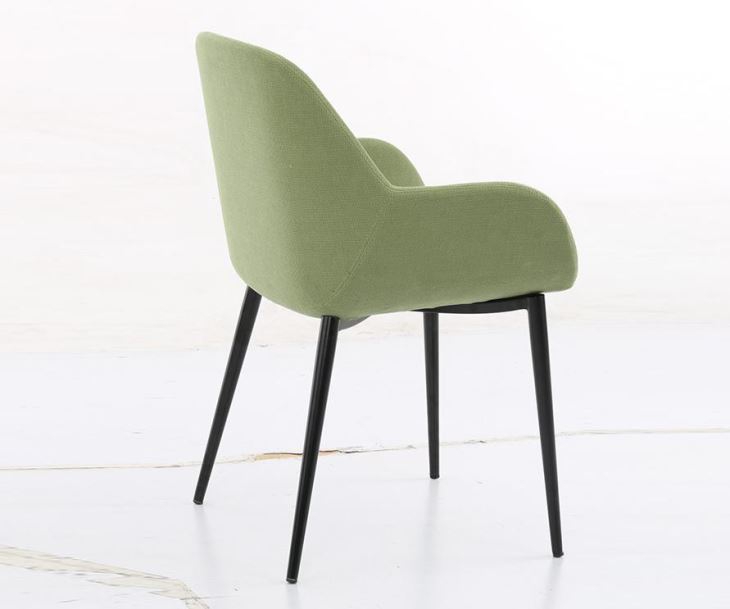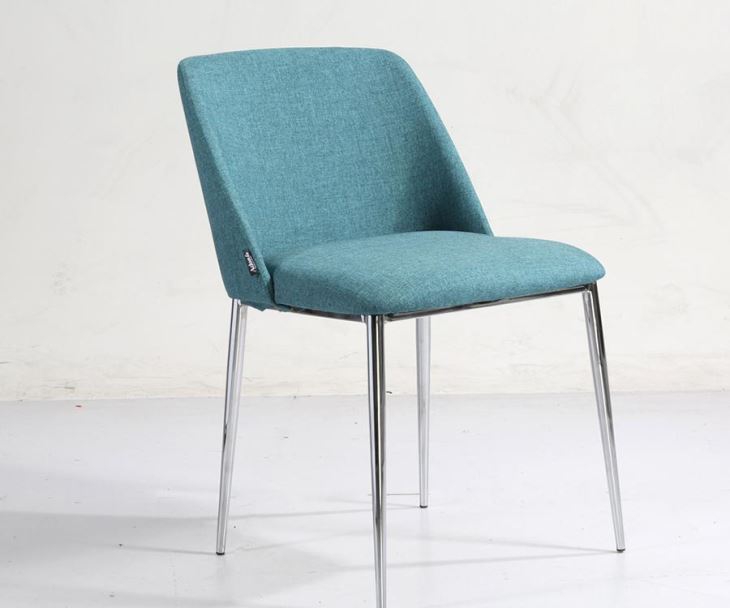- Apr 25, 2025-
In the realm of hospitality design, where elegance meets functionality, upholstery plays a pivotal role in crafting spaces that captivate and comfort. For high-end hotels and resorts, the selection of bespoke upholstered furniture is not merely an aesthetic choice but a strategic decision that influences guest experience, brand perception, and overall indoor environment. This blog delves into the significance of upholstery in luxury hospitality settings, exploring how it enhances guest comfort, complements interior design, and contributes to the creation of memorable spaces.
Upholstered furniture is a cornerstone of interior design, offering both style and substance. In high-end hotels and resorts, it serves as a medium to convey sophistication, warmth, and exclusivity. From plush lounge chairs to intricately designed dining seats, upholstery transforms functional elements into elegant statements.
One of the primary functions of upholstery in hospitality is to ensure guest comfort. High-quality materials, such as luxurious fabrics and supple leathers, are essential for creating a comfortable seating experience. Moreover, thoughtful design elements—such as ergonomically shaped armrests, cushioned seats, and adjustable features—contribute to prolonged comfort during dining, relaxation, or work.

Beyond comfort, upholstery is a powerful tool for visual appeal. The choice of colors, patterns, and textures can seamlessly integrate with the overall interior theme, whether it's a modern minimalist design or a opulent baroque aesthetic. By aligning with the hotel’s brand identity, upholstered furniture enhances the guest experience and reinforces the establishment’s reputation for luxury.
The selection of upholstery materials is critical to achieving both style and functionality. High-end hotels and resorts often opt for premium fabrics that are not only visually appealing but also durable and easy to maintain. Some popular choices include:
In addition to material selection, the quality of craftsmanship cannot be overlooked. Skilled artisans who masterfully sew, stuff, and finish upholstery ensure that each piece is not only visually stunning but also durable and comfortable.
The world of hospitality upholstery is constantly evolving, with new trends emerging to meet changing design preferences and technological advancements. Some notable trends include:
To illustrate the impact of upholstery in luxury hospitality spaces, let’s explore a few case studies:
As the hospitality industry continues to evolve, so too will the role of upholstery in shaping luxury spaces. From material innovation to design trends, the future of upholstery holds exciting possibilities for creating environments that are both comfortable and inspiring. By prioritizing quality, aesthetics, and sustainability, designers can elevate guest experiences while contributing to the long-term success of their establishments.
Upholstery is more than just a decorative element—it’s a key component in crafting memorable hospitality spaces. Whether it’s a cozy reading nook, a grand dining room, or a serene poolside area, the right upholstery choices can transform ordinary spaces into extraordinary ones.

For further exploration of specific upholstered chairs that blend elegance with functionality, visit Upholsteries-DC-987, Upholsteries-DC-974B, and Upholsteries-DC-827C for a variety of options tailored to your needs.
This concludes our discussion on the role of upholstery in modern hospitality design. We hope you’ve gained valuable insights into how selecting the right materials and designs can elevate your space to new heights of luxury and comfort.
